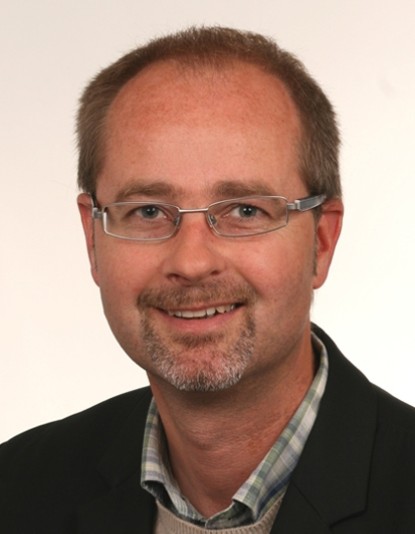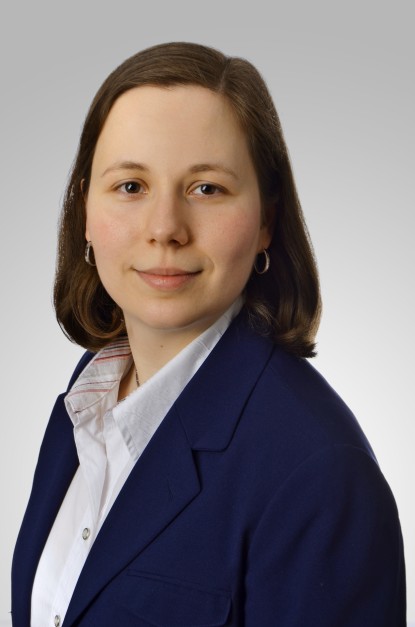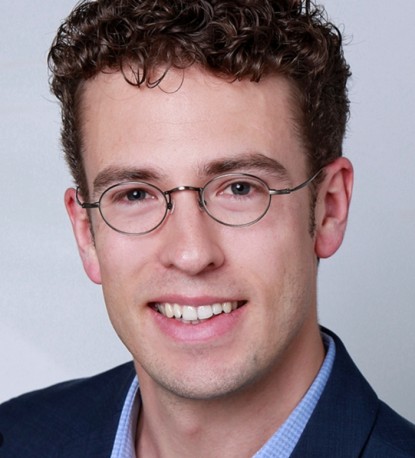In Fig. 1 the main accelerator and three recirculations are depicted.
The S-DALINAC is the main research facility in the graduate school 2128 (“AccelencE”) and the collaborative research center 1245 that are both supported by DFG.
The S-DALINAC (Superconducting-DArmstadt-LINear-ACcelerator) is a superconducting electron accelerator at TU Darmstadt, running since 1991. It was initially constructed as a twice-recirculating accelerator with a maximum energy of 130 MeV in continuous wave (cw) operation. In 2016 it has been converted into a thrice-recirculating accelerator. A floorplan of the accelerator hall and the experimental section is given in Figure 2.
The beam is either produced in a thermionic gun with an electrostatic pre-acceleration of 250 keV or in SPIN (S-DALINAC Polarized INjector) – a source for polarized electrons with a pre-acceleration of up to 125 keV. Following both sources the beam is prepared for an acceleration with a time-structure of 3 GHz in a chopper-prebuncher section. The beam is than guided through the superconducting injector accelerator (consisting of a 6-cell and two 20-cell niobium cavities) which is able to accelerate the beam up to 10 MeV with beam currents of up to 60 µA. The injector beam can be used for the research of nuclear resonance fluorescence or it can be deflected into the main accelerator (consisting of eight 20-cell niobium cavities) for further acceleration and recirculation. In case of a recirculating set-up the injector accelerator is operated with an energy gain of up to 7.5 MeV. The main LINAC accelerates the beam up to 30 MeV per pass. Recirculating the beam up to three times leads to a final energy of up to roughly 130 MeV with a beam current of up to 20 µA. The beam is than guided into an experimental area. In this area exclusive (e,e'x) experiments can be conducted at the QCLAM spectrometer. The 169°-Lintott spectrometer is capable of high resolution inclusive (e,e’) electron scattering experiments. The low energy photon tagger NEPTUN complements the experimental capabilities.
The S-DALINAC can be operated as an Energy Recovery LINAC (ERL). Here, the electrons are decelerated after they have been accelerated and potentially used for an experiment in order to recover a part of the energy previously supplied. In order to realize the deceleration, the electrons have to fly on a path that ensures a time of flight of the electrons which leads to a phase shift of the alternating electric fields previously used for acceleration of ca. 180° (see Fig. 3a). During deceleration, kinetic energy is withdrawn from the electrons and stored in the alternating electric fields, whereby the energy is available for the acceleration of subsequent electrons.
First operation of the S-DALINAC in single-turn energy recovery mode (one main accelerator pass each for acceleration and deceleration) was realized in August 2017, making it the first ERL in Germany. Further information on the results from this beamtime can be found in the scientific publication on the single-turn ERL.
Due to its three recirculation beamlines, the S-DALINAC has the potential to be operated in double- or triple-turn energy recovery mode. First operation of the S-DALINAC in double-turn energy recovery mode was realized in August 2021. A multi-turn energy recovery mode is a particular challenge if shared beam transport is used, as in the case of the S-DALINAC. Here, accelerated and decelerated electrons fly through the same recirculation beamlines (see Fig. 3b). Using this design increases cost-efficiency since less beam guidance elements are required, but it reduces the number of degrees of freedom for beam focusing. Results from this beamtime can be found in the scientific publication on the double-turn ERL.
The generic work on accelerator science is divided into many different aspects and fields. The following list of activities is also meant for providing an overview for interested students. The efforts to further improve and operate the S-DALINAC can be subdivided into the following areas (examples):
- Research on the concept of Energy Recovery Linacs (ERL) in terms of beam dynamics simulation, controlling of the RF, etc.
- Beam dynamics simulations performed with different codes or in-house written algorithms to optimize the S-DALINAC and investigate topics of general interest (e.g. beam dynamics in ERL)
- Alignment of the accelerator lattice to ensure an optimized operation of the S-DALINAC
- Improvements on the control system in terms of development of new software or hardware as well as an optimization of the control system infrastructure and the operation in general
- Simulations and measurements on cavities and cryogenic engineering to further improve the performance of our superconducting system and gain general knowledge on special treatments
- Design, simulation, construction and measurement of magnets
- Simulations on vacuum systems to optimize them, especially in the case of difficult conditions like heating or the scraping of the beam
- Improvement of diagnostics for the beam and helium refrigerator to deepen the understanding of the whole accelerator facility
- Research on the phenomenon of Beam Break-Up (BBU)
- Simulations and measurements on the topic of radiation protection at the S-DALINAC
They, and even more of them, are all needed for a successful operation of an accelerator.
The S-DALINAC is an accelerator you can visit. We offer guided tours for groups who are interested to learn how our accelerator works. Over the year there are for example tours for the beginners in physics (OWO) or high-school students during our “Saturday Morning Physics” program.
There are no fixed time slots for site visits. Possible dates depend on the machine status and the machine schedule. If you are interested to visit us, please contact us some time in advance.
Contact:
Dr. Lars Jürgensen (Head of S-DALINAC Operations)
The development of the S-DALINAC is primarily based on the overwhelming enthusiasm of students and junior researchers who decide to work on accelerator science or experimental nuclear research at the S-DALINAC. Most of the students working on the development of the accelerator use their projects for their academic graduation theses.
During your thesis work you have the possibility to work on and with the accelerator to gain knowledge by hands-on experience or simulations. We frequently have opportunities to work on scientific projects and provide a list where you can find topics for a bachelor, master or Ph.D. thesis or for a so-called “Miniforschung”. Doing a Miniforschung offers you the possibility to do some research by yourself under supervision of an experienced member of the accelerator group and allows you to get to know the institute and a working group of your choice. It might help you to find the perfect group for your bachelor or master thesis.
If you can not find a topic that suits you, please contact us! In a personal interview, we can combine our current work with your wishes and any prior knowledge in order to provide you an individual topic.
Contact:
Prof. Dr. Dr. h.c. mult. Norbert Pietralla (Academic Director)
Dr. Michaela Arnold (Head of S-DALINAC Operations)
Dr. Volker Werner (Head of Spectroscopy)
Dr. Jonny Birkhan (Head of Radiation Protection, QCLAM)
Dr. Oliver Möller (Project Coordinator of DAGATA)
Are you interested in accelerator physics and want to support research done at the S-DALINAC at the Institute for Nuclear Physics? Then we might have the possibility for you to learn a lot by working on a special place.
To ensure a reliable 24/7 operation of the accelerator and the experiments at most days of the year we need your help as a “studentische Hilfskraft” (HiWi). The main task is to supervise our liquid helium refrigerator and beam times at the S-DALINAC.
Our requirements:
- The interest to learn a lot and work on a technical facility
- Reliable behavior and the will to improve your knowledge over time
- Technical understanding and fun on hands-on work
- Student of TU Darmstadt in a technical course of studies
- You should be at least in your last two semesters of the bachelor studies or already enrolled in the master studies
- You have not worked as a HiWi at TU Darmstadt for more than two years
- You will stay at TU Darmstadt to complete your studies (bachelor or master) for at least two more years
- German skills at a level of a native speaker
- Participation on our training courses on a regular basis
- Willing to work 12-hour-shifts (mostly overnight)
If you want to know more about this position, please contact us at info-sdalinac@ikp.tu-…. We do need new HiWis several times of a year.










